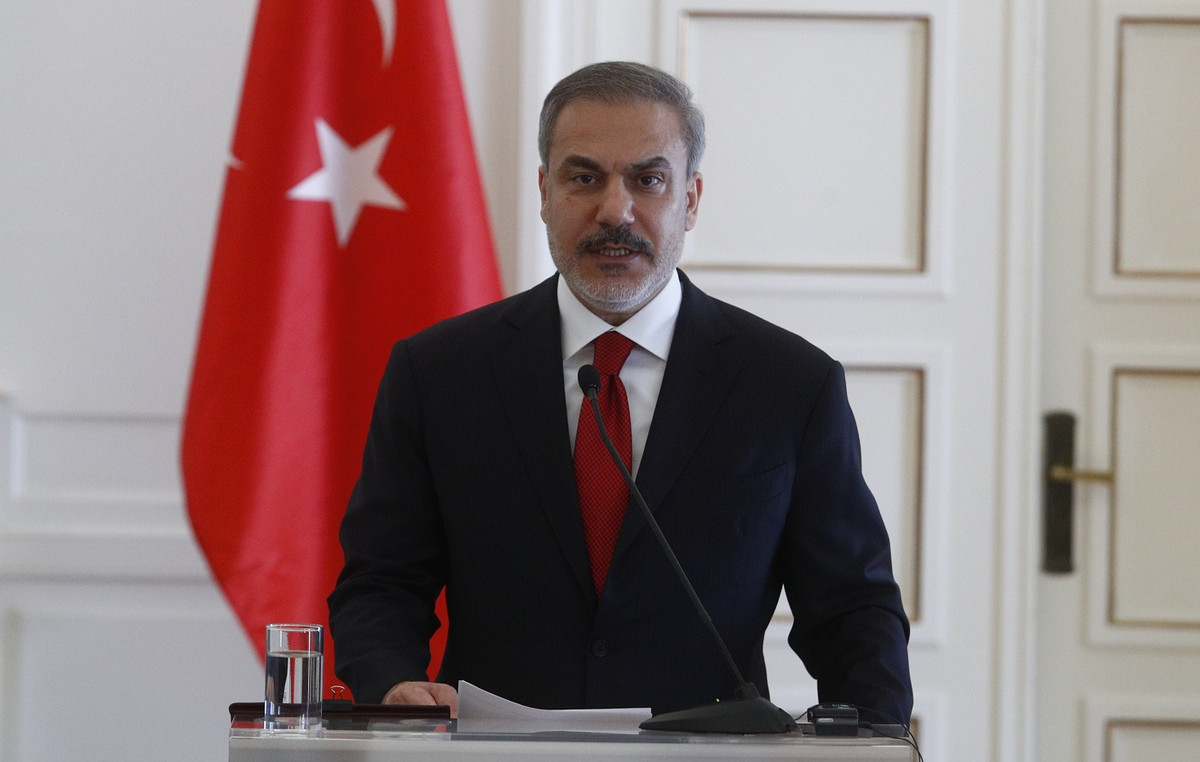War in Ukraine, high inflation, and rapid increases in interest rates. The economic recovery that began two years ago faces credible threats that could lead to its premature end.
The US economy has at least a one in three chance of sinking into a recession within the next 12 months, he told CNN Moody’s Analytics chief economist Mark Zandi.
“Recession risks are uncomfortably high — and rising,” Zandi said.
Before Russia invaded Ukraine, economists had expected energy prices and general inflation to cool this spring and summer. Now, the outlook for inflation has dimmed, with prices for gasoline, food, metals and other raw materials rising sharply.
“It’s reasonable to be nervous here,” Zandi said. “The Russian invasion and the rise in oil and commodity prices really changed things.”
Economists at Goldman Sachs said earlier this month that the chance of a US recession next year has reached 35%.
“A line that cannot be crossed”
A worsening inflation picture could force the Federal Reserve to do more to bring inflation down to healthy levels.
Consumer prices rose 7.9% in February, the biggest 12-month increase in 40 years. But that inflation report did not capture the impact of Russia’s invasion of Ukraine.
Zandi said it was clear that the war in Ukraine was raising inflation expectations, an ominous development for Fed officials who had hoped to allay inflation fears.
Central bankers get nervous when families and business leaders anticipate higher prices, because it can become a self-fulfilling prophecy.
“This is a line that cannot be crossed. That means the Fed needs to be very aggressive,” Zandi said.
The Fed hasn’t done this since 1994
Morgan Stanley, joining several other Wall Street banks, said Thursday that it expects the Fed to raise interest rates by half a percentage point during each of the next two months.
The Fed hasn’t done this in back-to-back meetings since 1994.
“The more the Fed slams on the brakes, the more likely the car will stall and the economy will go into recession,” Zandi said.
The odds are still in the Fed’s favor to slow the economy to self-sustaining expansion, Zandi said. “We just need a little luck here. The pandemic and Ukraine cannot go down a dark path,” he added.
Fed Chair Jerome Powell, in a speech earlier this week, noted that the US central bank has in the past been able to tame inflation – without crashing the economy. He cited 1965, 1984 and 1994 as examples.
“I think the historical record provides some reason for optimism: Soft landings, or at least soft landings, have been relatively common in US monetary history,” Powell said.
stagflation fears
Larry Summers, the former US Treasury Secretary, is skeptical.
In a Washington Post op-ed last week, Summers accused the Fed of “positive and delusional thinking” and called what he sees as “nonsense” in the central bank’s forecast that inflation will quickly cool in a red-hot job market.
Summers previously warned that the Fed’s policy had left the US economy on the path of major recession and stagflation, a toxic mix of weak growth and high inflation that crippled the US economy in the late 1970s and early 1980s.
For his part, Zandi said stagflation is a “low probability” event because the Fed would do whatever it took to avoid it — including ending the recovery.
“If it looks like we’re heading into stagflation,” Zandi said, “the Fed will push us into recession.”
Source: CNN Brasil
I am Sophia william, author of World Stock Market. I have a degree in journalism from the University of Missouri and I have worked as a reporter for several news websites. I have a passion for writing and informing people about the latest news and events happening in the world. I strive to be accurate and unbiased in my reporting, and I hope to provide readers with valuable information that they can use to make informed decisions.







